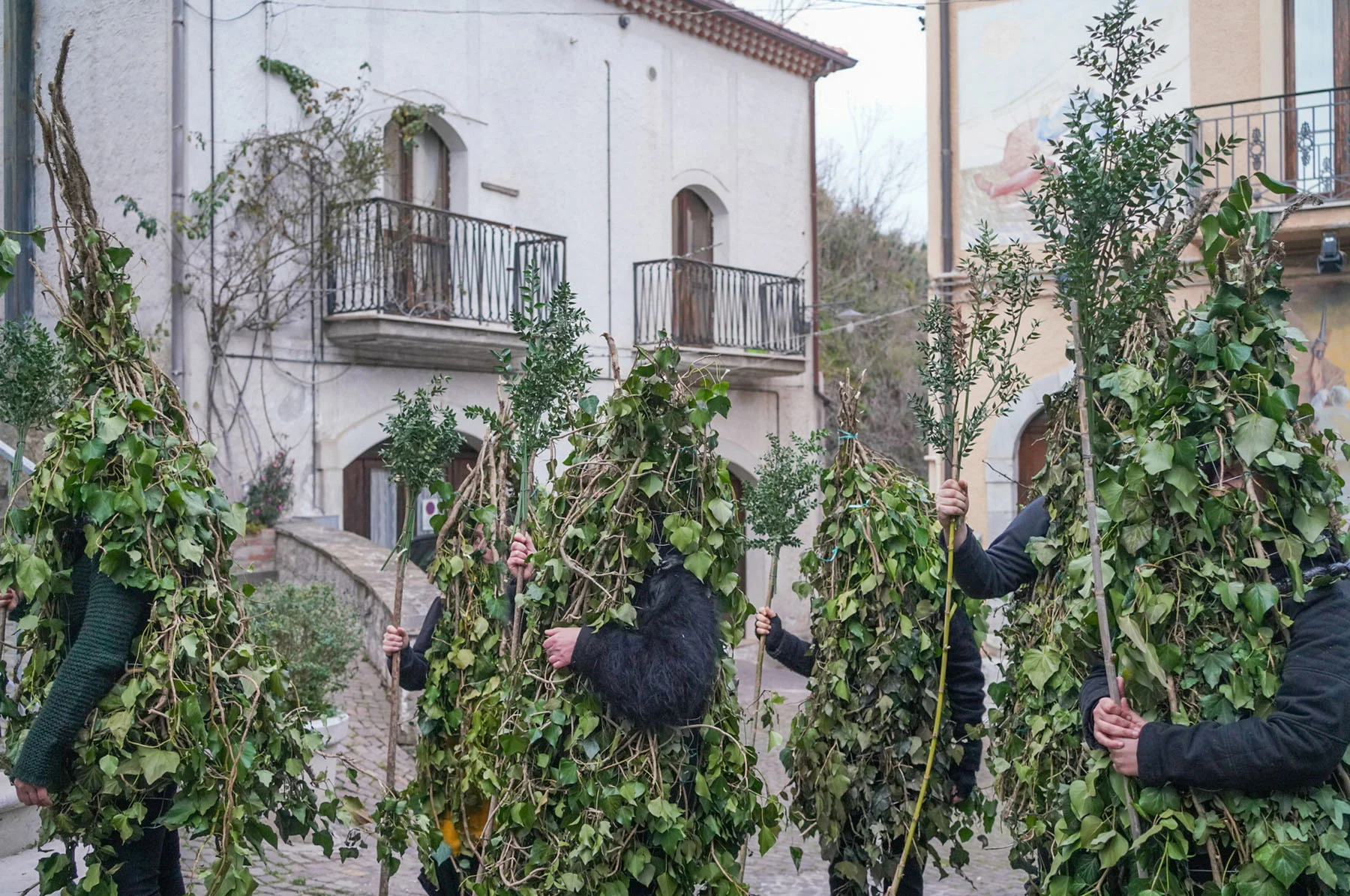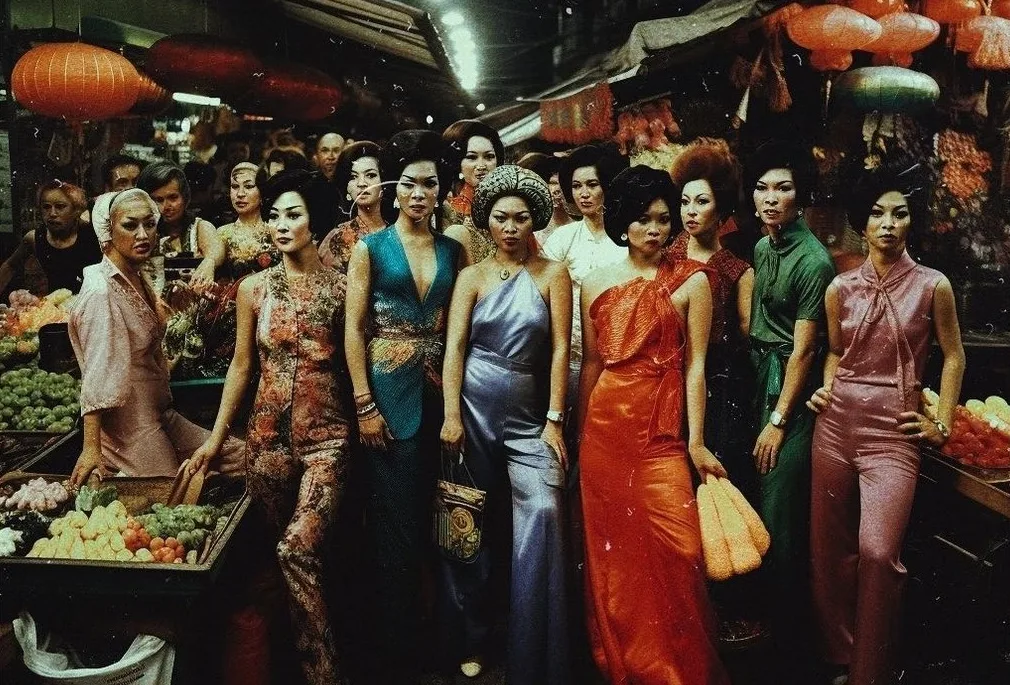

Italian photographer Pierfrancesco Celada lived in Hong Kong from 2014 to 2022. In his eight years there, he discovered a city of contrasts: abundant nature interrupted by masses of concrete, densely populated but with an eerie sense of isolation. Here, he tells Marigold Warner about his book “When I feel down I take a train to the Happy Valley,” and how he captured the complexities that come with life in the densely populated city in the process.
Spend enough time in Hong Kong, and you may see a tram rush past with the destination “Happy Valley.” “It’s a normal neighborhood—neither beautiful nor ugly,” says photographer Pierfrancesco Celada, who lived in Hong Kong for eight years from 2014. “But in those moments, when you feel the weight of the city on your shoulders, I like to imagine that it represents the idea of finding a happy place—a sense of hope.”


This nondescript neighborhood forms the title of the Italian photographer’s new book: “when I feel down I take a train to the Happy Valley.” The work is a portrait of one of the most densely populated cities in the world, based on Celada’s personal relationship to it. He moved there at the start of the Umbrella Revolution, a series of pro-democracy protests led by students who organized public sit-ins to call for political autonomy. “It was really impressive and colorful,” he says, recalling the long nights he spent at the camps. His arrival in Hong Kong was in many ways defined by these events, but “this is not a political work,” he clarifies. “[Afterwards,] I realized I’d had a misleading first impression of Hong Kong… and I went on to explore every corner of the city.” Although the protests play a large part in his narrative, the work is first and foremost a study of urban life—“where the politics of the time are naturally present.”

Celada’s images capture the vast verticality of Hong Kong’s landscape, but with an underlying tension that evokes the at-times isolating experience of living in what he describes as a “city of contrasts.” Hong Kong is known for high-rises and narrow alleys, and over 70 percent of its territory comprises green spaces. “There’s a strong contrast where the city meets nature, often symbolized by a ‘waterfall of cement’ dividing the landscape,” says Celada. This juxtaposition reflects a recurring theme in Celada’s work, where he explores the tensions of the city. Celada grew up in a small town in northern Italy, near Lake Maggiore, which he says is extremely different from cities like Hong Kong: “Perhaps the contrast between my background and these large urban areas drew me in. My interest has always been in the city itself, especially high-density areas where you can really feel society’s weight.”


The psychological experience of navigating a city manifests in an eerie familiarity that pervades Celada’s photographs. “Hong Kong is claustrophobic, and there’s often a sense of being watched or weighed down,” he says. In Celada’s images, individuals are often photographed isolated, or shot from a distance. “My images often feature isolation, so perhaps that is part of me, too—self portraiture, too, and the way I live my life with others.”

Like all good self-portraits, Celada’s is complex and layered. On closer inspection, viewers may notice new peculiarities, or an entirely different reading. “That’s important to me,” he says. “I don’t like literal imagery. I want viewers to think, to arrive at their own interpretations—even if they’re wrong… I love that images can offer different solutions in viewers’ minds.” One image, for example, depicts a woman who appears to be drowning. “Someone at an exhibition asked why I didn’t save her,” he recalls. “In reality, she was just exercising, but the scene gives the impression that she is struggling, as if the city was overwhelming her.”


As such, Celada’s images evoke hidden tensions through the use of metaphors. These visualize his own relationship to Hong Kong not just as a place, but as a feeling. It’s reminiscent of the iconic Hong Kong filmmaker Wong Kar-wai’s perspective: “My films are never about what Hong Kong is like, or anything approaching a realistic portrait, but what I think about Hong Kong and what I want it to be.” For Celada, it’s not always to do with the struggle or pressure of being in the city, either. As the title of his book suggests, there is always a place for hope at the end of the line.

